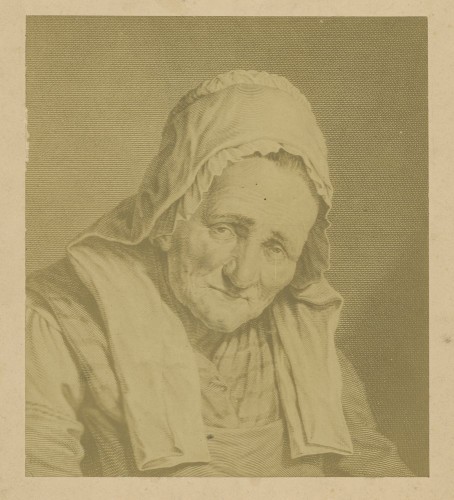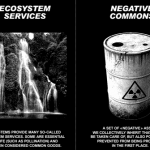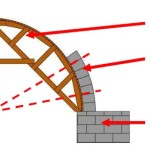Elderly people in the United States today are not treated with the respect and reverence to which they were accustomed earlier in history. The gerontologist David Hackett Fischer notes that literature from seventeenth and eighteenth century colonial America stressed deference and respect for the elderly. He maintains that the elderly were held in veneration, a word which, according to the Oxford English Dictionary, means a “feeling of deep respect and reverence,” and is derived from the Latin root veneror, meaning “to regard with religious awe and reverence.”
 The elderly today are hardly regarded with religious awe or reverence. They have become virtual outcasts of society, many living on the fringe, often in retirement communities or in nursing homes.
The elderly today are hardly regarded with religious awe or reverence. They have become virtual outcasts of society, many living on the fringe, often in retirement communities or in nursing homes.
William Withers states that “modern cultures have coped with the death of the aged, minimizing its disruptiveness, by disengaging the elderly from the vital functions of society”. In modern society, emphasis and value are placed on youth, with advertising geared toward and glamorizing the young. To the extent that advertising acknowledges the elderly individual at all, it attempts to make him or her appear younger (Atchley).
The elderly are victims of mistaken beliefs and irrational attitudes promulgated by society, largely through the various mass media. Atchley defines ageism, or age prejudice, as “a dislike of aging and older people based on the belief that aging makes people unattractive, unintelligent, asexual, unemployable, and senile” and claims that research indicates that most Americans subscribe to at least a mild form of ageism.
Quoted from: The elderly in modern society, Alan Pope. Engraving: State Library of Victoria. Related: Temporocentrism.





